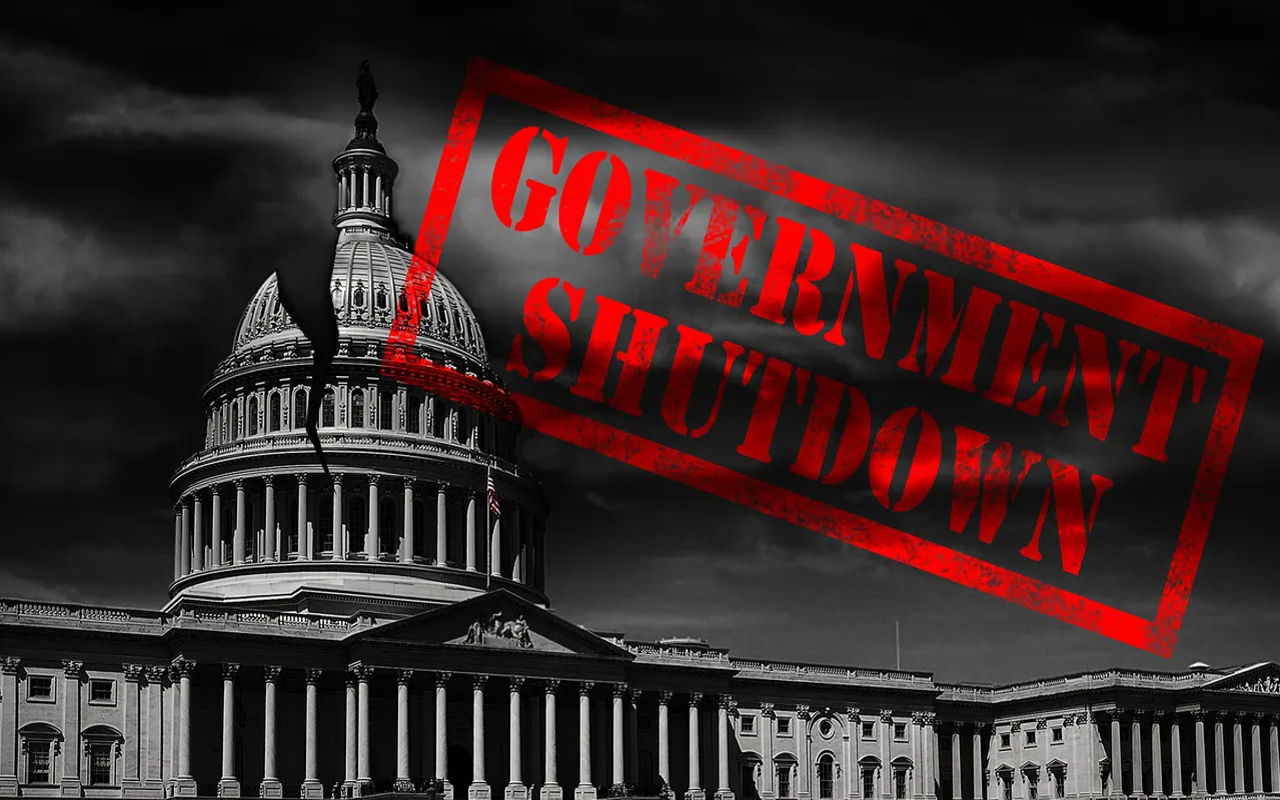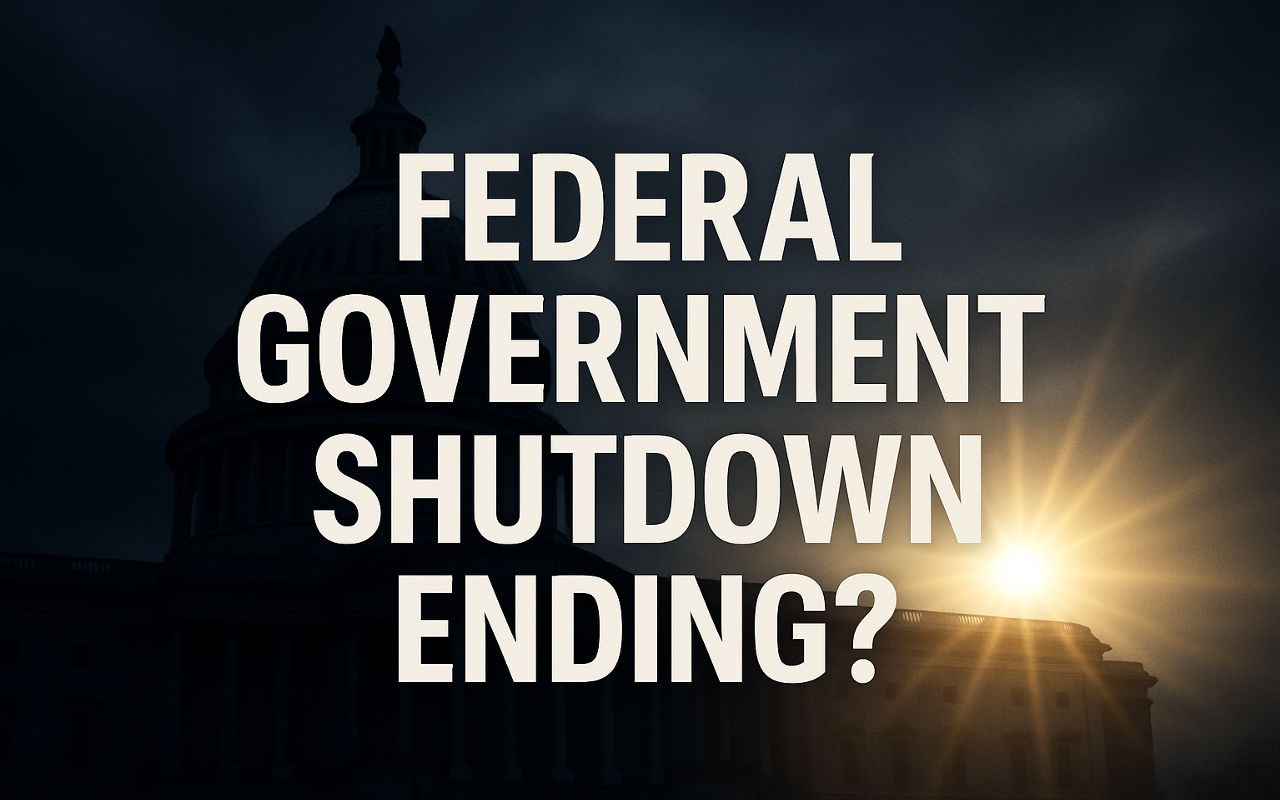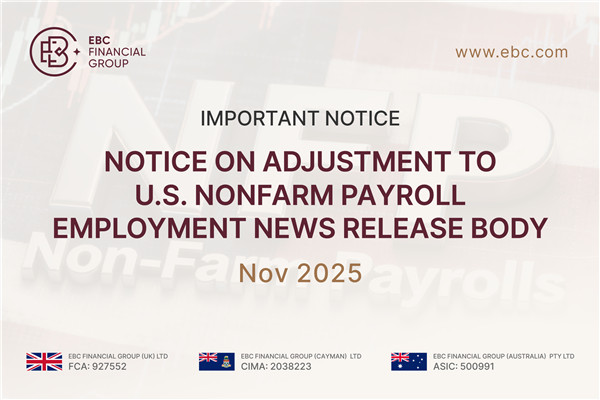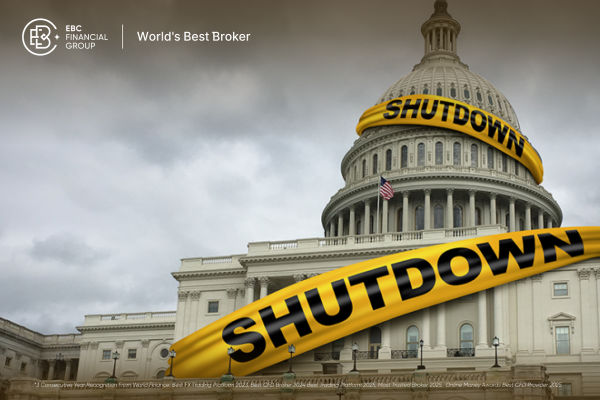Key Takeaways
The U.S. federal government shutdown has lasted 40 days, the longest in history.
A bipartisan Senate deal may reopen operations through January 2026.
The economic toll could reach $7–14 billion in lost output, according to the CBO.
Markets, airlines, and consumer sectors are watching for a resolution this week.
The United States federal government shutdown, which began on October 1, 2025, has become the longest in American history, entering its 40th day as of early November 2025.
However, after 40 days of impasse, the U.S. federal government shutdown has entered a critical phase as the United States Senate is reportedly poised to vote on a measure to reopen the government.
This means the longest shutdown in U.S. history is potentially coming to an end. However, the resolution won't be immediate as its conclusion carries multiple implications for government workers, state agencies, the broader economy, and financial markets.
Why Did the 2025 Federal Government Shutdown Start?

The shutdown began on October 1, 2025, after Congress failed to pass full-year appropriations for fiscal year 2026. No continuing resolution was agreed upon, leaving government operations unfunded temporarily.
Multiple stopgap measures failed to pass the Senate, extending the shutdown beyond the previous record of 35 days set in January 2019. Key conflicts included:
Disputes over funding levels
Healthcare subsidies under the Affordable Care Act (ACA)
Partisan standoffs in Congress
According to the Congressional Budget Office (CBO), the economic cost of the shutdown could reach $7 billion to $14 billion in permanent losses, depending on its duration.
On November 9, 2025, a tentative bipartisan Senate deal emerged to fund the government through January 2026, including appropriations for military, agriculture, and nutrition assistance programs. [1]
What Are Senators Proposing to End the Shutdown?

A bipartisan group of senators, including Jeanne Shaheen (D-NH) and Maggie Hassan (D-NH), as well as Angus King (I-ME), has struck a tentative agreement to move forward.
Key elements of the deal include:
Stopgap funding bill to reopen government operations through January 2026 while full-year appropriations are negotiated
A vote later on extending ACA subsidies, a key point of contention for some Democrats
Reinstatement or reimbursement for furloughed federal workers and states that funded services during the shutdown
Why Now?
Moderate senators believe the strain of the 40-day shutdown, along with its evident impacts (air travel delays, delays in SNAP food assistance, and unpaid federal employees), has generated sufficient urgency to facilitate an agreement. [2]
Who Is Most Affected by the Federal Government Shutdown?

1. Federal Employees & Contractors
An estimated ~800,000 federal employees were furloughed or unpaid as of recent counts. Working without pay or having services disrupted, many face personal financial strain (rent/loan delays, uncertain income).
2. Services and Data Releases
The FAA reduced air-traffic capacity by 10% in 40 high-volume markets due to controller fatigue and staffing issues.
Food-support initiatives, like SNAP, faced pressure, raising concerns for millions of Americans.
Economic data releases (jobs, inflation) were paused or delayed, reducing transparency and complicating policy decisions. [3]
3. State & Local Government Burdens
When the federal government shutters programs or delays payments, states often step in by increasing their budget stress. The reimbursement component in the current deal reflects this pressure.
What Did the Federal Government Shutdown Cost Markets?

GDP & Growth
The shutdown has shaved an estimated 0.8 percentage points off quarterly GDP growth, equivalent to about $55 billion in lost economic output since early October.
The CBO estimates:
$7 billion in permanent losses if the shutdown ends soon
$11 billion if it persists for six weeks
$14 billion if it continues for eight weeks
Earlier White House estimates suggested $15 billion in weekly GDP losses during the initial weeks.
Markets & Investor Sentiment
The shutdown creates uncertainty, which markets dislike.
Airline and travel sectors face heightened disruption risks.
Interest-rate sensitivity rises as fiscal policy uncertainty affects bond yields.
Political risk increases as slow economic growth and uncertainty affect investor confidence.
Longer Term Risks
If the shutdown extends into the critical holiday season (late November to December), it could dampen consumer spending momentum, further exacerbating broader macroeconomic weaknesses.
Confidence and hiring may slip, as seen with data-report delays and private-sector caution.
A prolonged shutdown can erode institutional credibility: markets may begin to price U.S. governance risk higher.
How the Markets Are Positioning & What Investors Should Consider
1) Equities:
If the shutdown ends, expect relief rallies in sectors most directly impacted (travel, government contractors, federal-funded research).
2) Bonds:
Lower short-term risk could reduce bond risk premia. Conversely, if the government shutdown persists, heightened uncertainty may increase the risk premium, pushing yields higher.
3) Currency & Global Risk:
A U.S. governance crisis can weaken the dollar; global equities might benefit. Conversely, stability may reduce risk-premium.
4) Credit Markets:
Watch for changes in borrowing costs for the federal government and states; if states face larger budget holes, municipal credit risk may rise.
5) Commodity and Flight-Sensitive Sectors:
Travel, hospitality and logistics could outperform as the disruption ends; meanwhile, sectors dependent on federal spending may pick up pace.
What Will Happen if the Shutdown Ends This Week?
If the Senate passes the funding measure and the House follows, we can expect:
Federal employees and contractors recalled and reimbursed
FAA flight reductions reversed or eased, helping travel and cargo operations
States gain clarity on federal reimbursements, enabling budget adjustments
Key economic releases resume, giving the Federal Reserve and markets better visibility
Focus shifts to FY2026 appropriations and negotiations over ACA subsidies and healthcare tax credits
Ending the shutdown removes a major market and operational overhang, though budget and policy disputes remain.
What Happens If the Shutdown Continues Beyond 40 Days?
On the flip side, a continuation would likely bring:
Disruptions are escalating, with an increasing number of federal workers going unpaid, rising absenteeism, and the looming threat of layoffs.
Broader economic losses compound CBO estimates.
Holiday sectors (travel, retail) face mounting pressure.
Markets assign higher risk premiums to U.S. fiscal governance.
Political fallout may intensify against the responsible parties, affecting local and state elections.
Key Issues to Monitor Next
| Issue |
Why it matters |
What to monitor |
| Vote outcomes in Senate & House |
Determine when/how shutdown ends |
Amendment texts, yes-votes, vote timing |
| Reimbursement for workers & states |
Clarifies budgets and recovery |
Federal statements, state press releases, union notices |
| FAA and travel disruption |
Travel disruptions impact airlines and airports |
Flight-delay/cancellation data, FAA announcements |
| Resumption of data releases |
Markets and policy rely on jobs, inflation, etc. |
BLS, Treasury, White House reports |
| ACA subsidy vote / healthcare provisions |
Key sticking point in funding deal |
Senate floor schedule, amendment filings, media coverage |
| Consumer & holiday spending |
Shutdown may reduce spending momentum |
Retail sales, travel bookings, hotel occupancy rates |
| Fiscal & debt market reaction |
Fiscal uncertainty can increase yields |
Treasury yield movements, bond spreads, CDS data |
Frequently Asked Questions
1. How Long Has the Shutdown Lasted So Far?
As of early November 2025, the shutdown has reached its 40th day, making it the longest in U.S. history.
2. How Many Federal Workers Are Affected?
Roughly 750,000 to 900,000 federal employees have been furloughed or are working without pay.
3. What Is the Economic Cost of the Shutdown?
The CBO estimated that the shutdown could cost the U.S. economy between $7 billion and $14 billion.
4. What Is Congress Doing to End the Shutdown?
The Senate is poised to vote on a stopgap funding measure that would reopen government through January 2026 and include a few full-year appropriations measures.
Conclusion
In conclusion, the fact that a deal is taking shape after 40 days is a positive sign. But the devil is in the details. The key questions remain: How quickly will workers be recalled and reimbursed? How deep will the budget and healthcare compromises go? And how long until full-year appropriations pass?
For individuals and investors, the takeaway is clear: the immediate risk is abating, but fiscal policy uncertainty remains. The ending of the shutdown won't resolve underlying budget and policy disagreements, but it can buy time and remove a massive overhang.
From here, investors should closely follow the unfolding legislative process, as final passage will bring operational stability, renewed economic data flows, and improved market confidence.
Disclaimer: This material is for general information purposes only and is not intended as (and should not be considered to be) financial, investment or other advice on which reliance should be placed. No opinion given in the material constitutes a recommendation by EBC or the author that any particular investment, security, transaction or investment strategy is suitable for any specific person.
Sources
[1] https://www.reuters.com/business/healthcare-pharmaceuticals/trump-takes-aim-obamacare-historic-federal-shutdown-hits-40th-day-2025-11-09/
[2] https://www.theguardian.com/us-news/2025/oct/29/economic-loss-government-shutdown-2025
[3] https://www.washingtonpost.com/business/2025/10/03/shutdown-economy-jobs-data-labor-department/






























